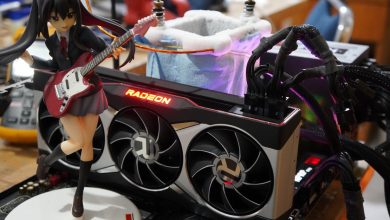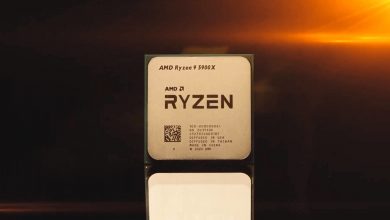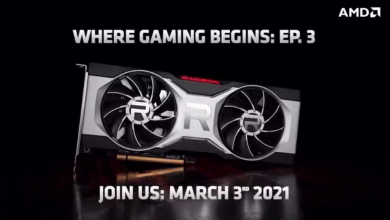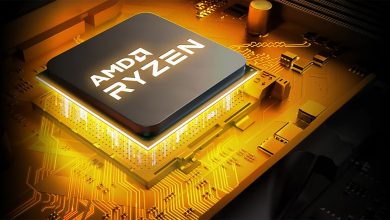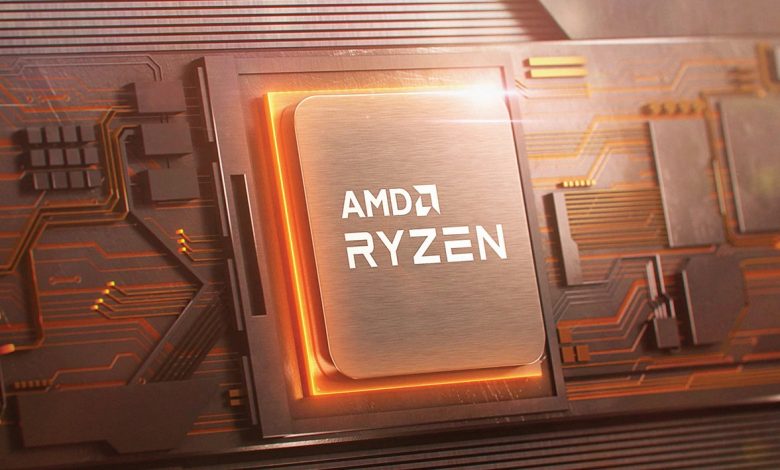
Over the past few weeks, AMD has laid out their roadmap for desktop and notebook processors. Rembrandt seems to be on track for a late 2021/2022 release on the laptop side of things.
New details regarding AMD’s Ryzen 6000 Rembrandt APU lineup based on the Zen 3+ architecture have been reported by reputable leaker, ExecutableFix. Multiple reports have explained that it will ditch the ageing Vega GPU As per his latest tweet, it looks like the 4th Gen Ryzen Rembrandt line of APUs will be the only family to feature the mysterious AMD Zen 3+ core architecture.

As per the new details, AMD’s next-generation Rembrandt Ryzen APUs will be based on the Zen 3+ and RDNA 2 GPU cores. But these aren’t just any Zen 3 / RDNA 2 cores, the roadmap also mentions that the chips will be based on a 6nm process node. AMD is expected to retain TSMC’s as its choice of fab for the Rembrandt CPUs and as such, we can expect around 20% higher density with better power consumption on the improved node.
Rembrandt is RDNA 2 based with a maximum of 12 CUs 🔥
— ExecutableFix (@ExecuFix) May 8, 2021
The only Zen3+ that I've seen is the 6nm one in Rembrandt
— ExecutableFix (@ExecuFix) April 30, 2021
It’ll be interesting to see how RDNA2 fares in an iGPU environment. Van Gogh should give us a rough idea, given that it will also employ an RDNA2 GPU alongside a Zen2 core, although it is unlikely to get a 12CU GPU. Even though Warhol seems to have been axed outright, there is enough evidence to suggest that Rembrandt will be based on the 6nm Zen3+ process. 5nm is still quite some time away, and it would make little sense for AMD to continue on the 7nm path for Rembrandt.
Other Rembrandt features include support for LPDDR5 RAM and PCIe 4. AMD will introduce its new AM5/GP7 socket alongside Rembrandt after years of sticking with AM4/FP6. It is also expected to ship with a dedicated machine learning component called CVML.
AMD’s Zen 3+ has been stated to be an evolution of the existing Zen 3 core architecture. It will carry a range of process optimizations and clock speed improvements but the underlying design would be kept the same. The architecture was initially rumored for a desktop release later this year but new reports suggest that those have been canned in favor of a standard refresh, similar to Ryzen 3000XT (Zen 2) CPUs.
AMD will also be featuring its RDNA 2 based Navi 2 GPUs on Rembrandt Ryzen APUs. The Ryzen 6000 lineup of Rembrandt APUs is said to offer up to 12 Compute Units. This means we will be getting up to 768 stream processors, a 50% jump from Cezanne parts which feature 512 stream processors based on the older Vega graphics architecture. In addition to the architectural update, we can also expect RDNA 2 iGPUs to feature impressive clock frequencies as seen on the desktop graphics cards. AMD is expected to carry on RDNA 2 graphics IP in its Zen 4 based Phoenix Ryzen 7000 APUs and finally move to a new RDNA IP in its Zen 5 based Strix Point APUs.
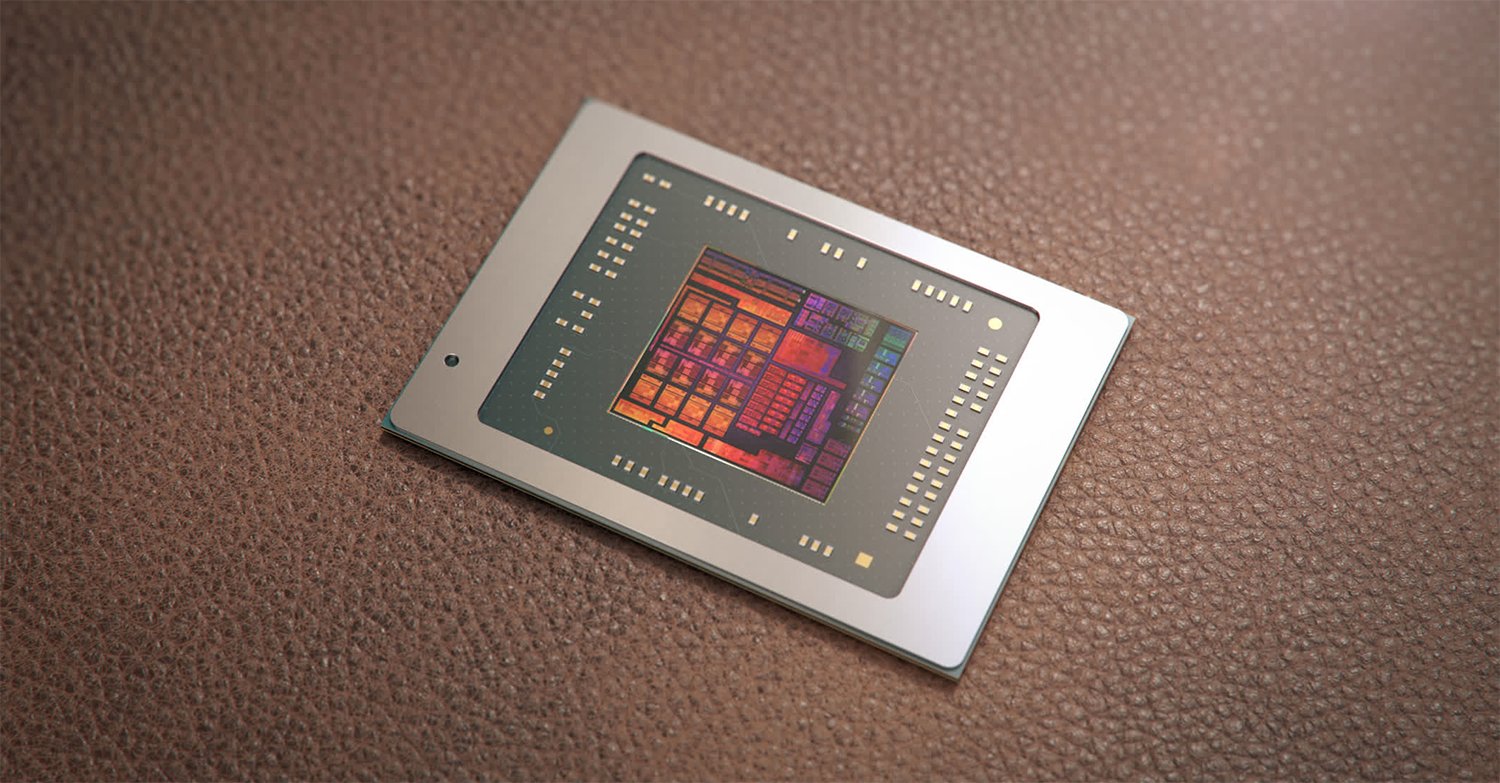
In addition to the core technologies, AMD will also feature its CVML (Compute Vision & Machine Learning” system onboard the Rembrandt chips for better AI capabilities that would directly target Intel’s future-gen AI-enabled chips on the desktop and notebook segment.
Other prominent features of the Rembrandt Ryzen APUs from AMD will include support for PCIe Gen 4 and LPDDR5/DDR5 memory support. The Rembrandt APUs will feature up to DDR5-5200 memory support, 20 PCIe Gen 4 lanes, and two USB 4 (40 Gbps) ports.
AMD’s Ryzen 6000 (Rembrandt) APUs might be the first APU family to hit the AM5 socket. The new socket will allow full support for the said chips along with features such as DDR5 memory support. The Rembrandt desktop APUs will launch around early 2022 so the AM5 platform should be out by that time.

